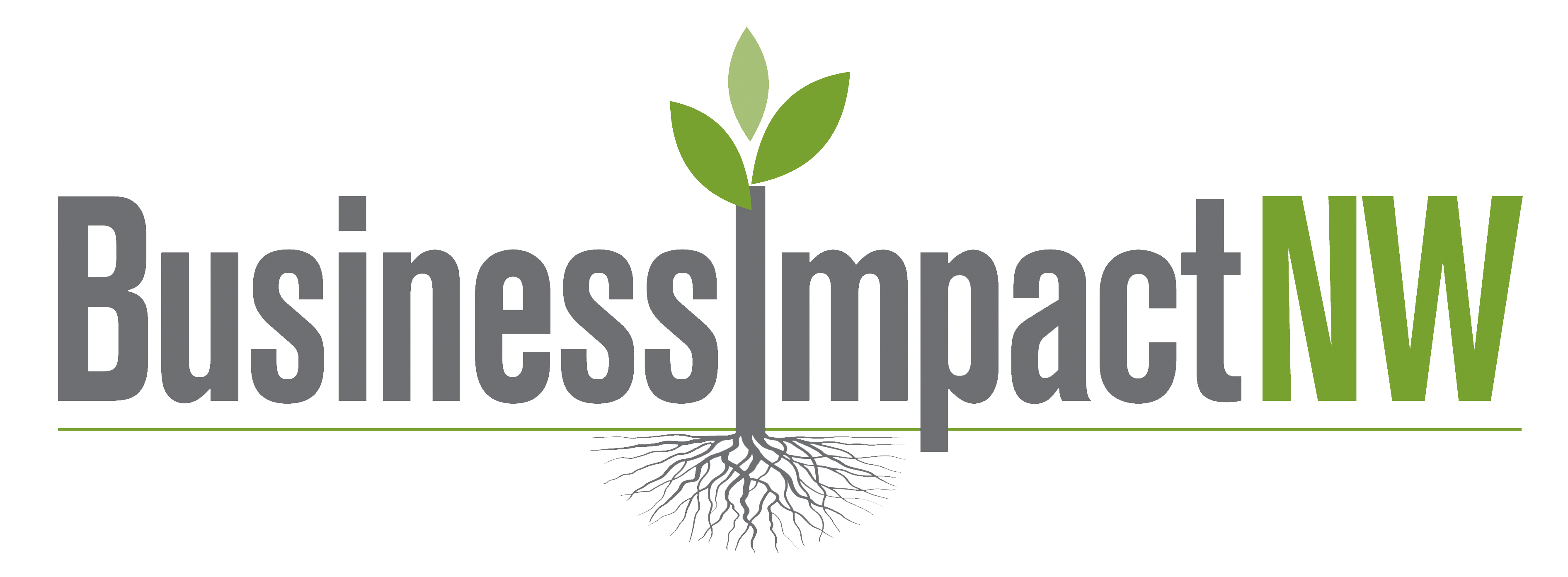This year has been unprecedented for many people. Between looming policy changes and unpredictable economic shifts, uncertainty is creating real stress for business owners — and the changes already underway are adding to the pressure.
Many small business owners are asking, “How do I keep things moving when everything feels uncertain?” While there’s no one-size-fits-all answer, here are a few practical tools and strategies that can help you  stay flexible and forward-looking — no matter what’s ahead.
stay flexible and forward-looking — no matter what’s ahead.
Tap Into the Right Financing Tools
Having access to the right type of capital can give you flexibility when revenue is delayed or unexpected costs arise. Here are a few options to consider:
The following are common financial tools:
- Term loan: Term loans are typically used to purchase assets (like equipment or inventory), refinance existing debt, or cover short-term cash flow needs — such as paying wages while waiting on incoming revenue. They are usually disbursed in full up front, and repayment starts at a set time with fixed payments that include principal and interest.
- Line of Credit (LOC) & Credit Cards (CC): These revolving credit tools are useful for managing temporary cash flow gaps. Unlike term loans, you only pay interest on the amount you use. They’re helpful to have on hand during uncertain times — if you haven’t drawn from them, you won’t have a monthly payment, but you’ll still have access to funds when you need them. Just be cautious: LOCs and credit cards aren’t intended for large purchases like vehicles or equipment. They work best when covering expenses tied to revenue you’re confident will come in. Ideally, the balance should revolve monthly and be fully paid off at least once a year — a practice known as a resting period.

- High-Interest Savings Accounts & Certificates of Deposit (CDs): These are savings vehicles, not credit tools, but they can offer a financial buffer. While they don’t directly support cash flow, they’re useful for longer-term planning and stability.
If you’re exploring ways to strengthen your financial foundation, the Loan Readiness class offers a good starting point. It walks through key concepts and what to expect when seeking funding.
Diversifying Income Streams
Beyond financial tools, another key to business resilience is making sure your revenue doesn’t rely too heavily on a single source.
History offers plenty of examples: construction companies that only built single-family homes were hit hard during the 2008 recession. Today, many contractors tied to federal grants are facing challenges as federal budgets tighten. In both cases, relying on one type of client or funding stream left businesses vulnerable.
Diversification means selling a variety of products or services to a variety of clients. Here’s what that can look like:
-
A construction company that builds pre-order homes, spec homes, and commercial buildings.
-
A lender that receives funding from federal and state agencies, private sources, and business clients — and offers multiple lending products.
-
A therapist who provides several forms of therapy, accepts multiple insurance types, and serves both insured and self-paying clients.
 When your income comes from multiple directions, you’re more likely to adapt — even when one area slows down.
When your income comes from multiple directions, you’re more likely to adapt — even when one area slows down.
Considering new ways to bring in revenue? Try the Cash Flow Projections class to model out how new streams could support your bottom line.
Reducing Costs
Whether you’re being proactive or responding to a dip in revenue, reducing expenses is another key part of staying nimble. Start by taking a closer look at what’s already in place.
Here are some common ways to do that:
-
Operating Hours: Are you open during times that don’t generate enough income to justify the cost? For example, if you’re a restaurant open until midnight, are you consistently making enough between 9 p.m. and 12 a.m.?
-
Inventory: Do your costs go down as order sizes go up? If so, does your inventory have a long enough shelf life to make bulk ordering worth it?
-
Suppliers: If you use multiple vendors, consolidating might reduce your expenses.

-
Product or Service Mix: Are you offering anything that consistently loses money or ties up too many resources?
Understanding your personal financial position can clarify your next steps. The Personal Financial Statement class can help break it down.
You Don’t Have to Navigate This Alone
Using financing tools, diversifying your income streams, and reducing costs are all great ways to keep your business agile — even in uncertain times.
And remember: you don’t have to go it alone.
Business Impact NW is here to support you. Our business coaching team can help you explore ways to adapt, and our lending team can walk you through financing options that make sense for your goals.
Ready to take action?
Check out upcoming classes and trainings focused on financial planning, loan readiness, and long-term business sustainability. Or connect with a business advisor for 1:1 guidance.
About the author

Katelin Enos
(Kayt- Lynn, Ee-nus)
Katelin is the Vice President of Lending Operations and Credit for Business Impact NW, where she oversees the Lending Team. With a dedicated focus on steering the Loan Officers, Underwriters, and Documentation & Servicing Team, she ensures that Business Impact NW’s portfolio adheres to compliance standards. Katelin’s expertise, honed by over nine years in the financial industry, shines through her two promotions, culminating in her current position. Having previously worked with First Interstate Bank for nearly 7 years, her vast experience also includes approval authority of funds and assisting with forming the Lending Department. Katelin additionally holds a Bachelor’s of Finance from Oregon State University.

